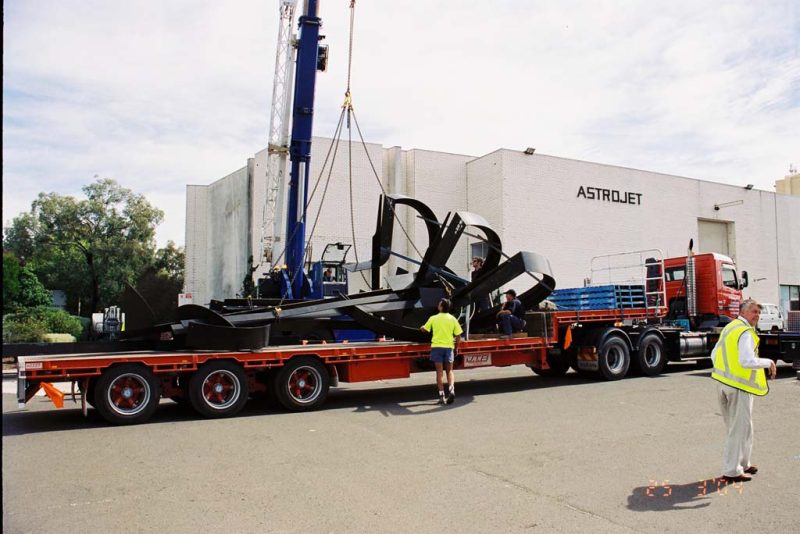Sculpture Relocation: Overcoming Challenges in Transporting Large-Scale Artworks
08 October 2024
Overcome the challenges of sculpture relocation and ensure the safe transport of large-scale artworks with these expert tips and best practices.
Sculpture relocation involves overcoming numerous challenges to transport large-scale artworks safely. Each step requires specialised knowledge and equipment, from managing the size and weight of sculptures to protecting delicate materials. Proper planning and expertise are essential to ensure these valuable pieces arrive at their new destination undamaged and ready for display.
Understanding the Challenges in Transporting Large-Scale Artworks
When relocating sculptures, size, weight, and fragility are often the biggest obstacles. Sculptures come in various forms—some are monumental, while others may include delicate materials such as glass, ceramics, or intricate metalwork. Regardless of their size or composition, all sculptures require specialised handling to avoid damage during the move.
Here are some key challenges in sculpture relocation:
• Size and Weight: Large-scale sculptures are often heavy and unwieldy. This makes moving them a logistical nightmare without the proper equipment and crew. Cranes, forklifts, and other lifting devices may be required, and even then, care must be taken to prevent damage from improper support or movement.
• Fragility: Despite their often substantial appearance, many sculptures are vulnerable to damage. Materials like stone, metal, or wood may crack, chip, or deform under stress. Specialised packing materials and crating methods are essential to protect the artwork during transport.
• Weather Conditions: Sculptures being moved outdoors are subject to weather conditions, including rain, wind, or extreme temperatures. Protective coverings and climate-controlled vehicles are often necessary to maintain the integrity of the materials during transit.
• Access and Environment: Sometimes, sculptures are located in hard-to-reach places or urban environments where space is limited. Narrow streets, low bridges, and tight corners can present difficulties. Thorough site inspections are vital to determine the best route and method of transportation.
Key Considerations for Successful Sculpture Relocation
When relocating large-scale sculptures, it’s crucial to approach the task with meticulous planning and attention to detail. To ensure a smooth and successful relocation, here are some key considerations to keep in mind. These guidelines will help safeguard the artwork and streamline the logistics involved in the move:
• Choose a Reputable Art Transport Company: Select a moving company with a proven track record in art relocation. Their expertise in handling large-scale sculptures is invaluable.
• Proper Packing Techniques: Utilise high-quality packing materials, such as bubble wrap and foam, to protect the sculpture. Ensure that the packing is tailored to the specific needs of the artwork.
• Plan for the Unexpected: Be prepared for potential challenges during transport, such as road closures or adverse weather conditions. Having contingency plans in place can help address these issues swiftly.
• Communication with All Parties: Maintain open lines of communication with everyone involved in the relocation process, including artists, curators, and transport personnel. This ensures that everyone is aligned on the logistics and expectations.
• Post-Transport Inspection: After the sculpture has been relocated, conduct a thorough inspection to assess its condition. This step is crucial for identifying any potential damage that may have occurred during transit.
Sculpture relocation is a delicate process that demands expertise, precision, and care. JK Fasham prides itself on our ability to navigate the challenges of relocating large-scale artworks, ensuring they reach their new places safely and without damage.
Optimized by: Netwizard SEO


